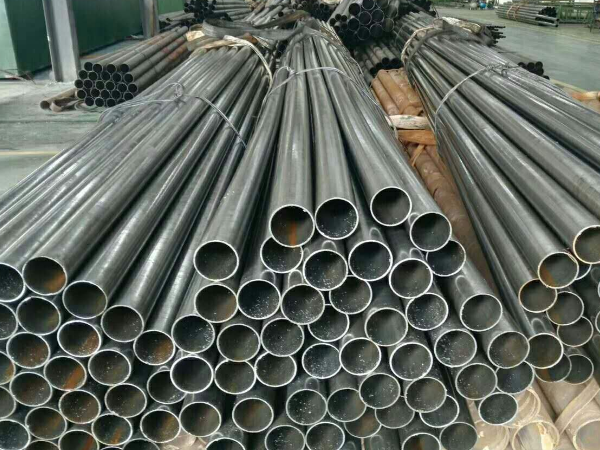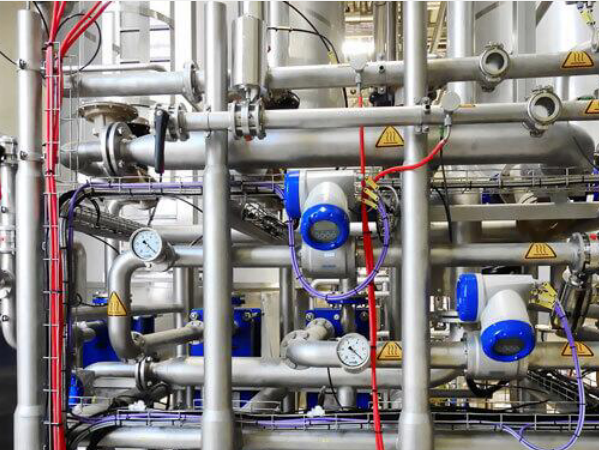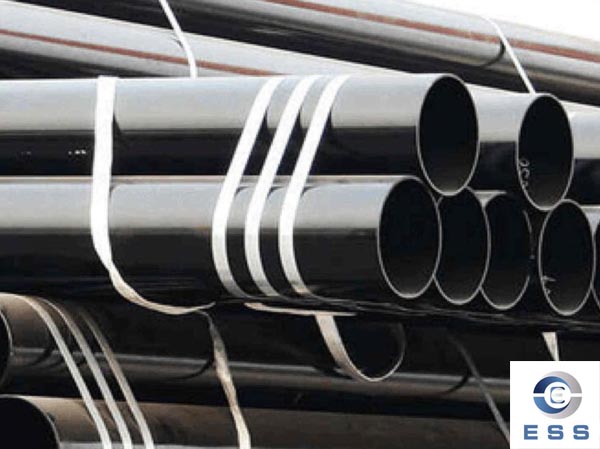Summary of the advantages of seamless elbows
The seamless elbow has the following advantages: hygienic and non-toxic, light in weight, good heat resistance, good corrosion resistance, good heat preservation, good impact resistance and long service life
1. Hygienic and non-toxic: the material is completely composed of carbon and hydrogen, and no toxic heavy metal salt stabilizer is added. The hygienic performance of the material has passed the inspection of the national authority.
2. Light weight: The density of the stamped elbow is 0.89-0.91g/cm, which is only one tenth of that of the steel pipe. Due to the light weight, it can greatly reduce the transportation cost and the construction strength of the installation.
3. Good heat resistance: when the working water temperature is 70 degrees, the softening temperature is 140 degrees.
4. Good corrosion resistance: except for a few hydrogenating agents, it can resist the erosion of various chemical media, has excellent acid resistance, alkali resistance, corrosion resistance, will not rust, will not corrode, will not breed bacteria, and has no electricity chemical corrosion.
5. High impact resistance: Due to the unique impact strength performance, it has been significantly improved compared with other solid wall pipes, and its ring stiffness is equivalent to 1.3 times that of solid walls.
6. Long service life: Under the rated operating temperature and pressure, the service life of the pipe can reach more than 50 years. It is anti-ultraviolet and anti-radiation, so that the product will never fade.
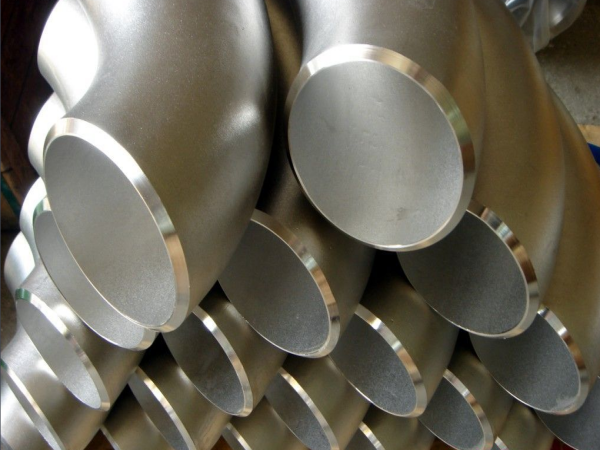
Classification of seamless elbows
Seamless elbow is also called seamless steel pipe elbow English name seamless elbow or seamless pipe elbow, seamless elbow pipe fittings are divided into hot-rolled (extruded) seamless elbow pipe fittings and cold-drawn (rolled) pipe fittings due to their different manufacturing processes ) Two types of seamless elbow fittings. Cold drawn (rolled) tubes are divided into two types: round tubes and special-shaped tubes.
The raw material for rolling seamless elbow is round tube billet, and the round tube embryo should be cut by cutting machine to grow a billet with a length of about 1 meter, and sent to the furnace by conveyor belt. Billet is fed into the furnace to heat, the temperature is about 1200 degrees Celsius. The fuel is hydrogen or acetylene. The temperature control in the furnace is a key issue. After the round tube is out of the furnace, it must be pierced through a pressure piercer. Generally, the more common piercer is the cone roll piercer. This kind of piercer has high production efficiency, good product quality, large perforation diameter expansion, and can wear a variety of pipes. After piercing, the round tube billet is successively cross-rolled, continuous rolled or extruded by three rolls. After extrusion, the tube should be taken off for sizing. The sizing machine uses a conical drill to rotate at a high speed into the steel billet to punch holes to form pipe fittings.
Executive standard: GB/T12459-2017, GB/T13401-2017
Seamless elbow forming method
1. Forging method: Use a swage forging machine to stretch the end or part of the pipe to reduce the outer diameter. Commonly used swage forging machines include rotary type, connecting rod type, and roller type.
2. Rolling method: Generally, no mandrel is used, and it is suitable for the inner round edge of thick-walled tubes. The core is placed inside the tube, and the outer circumference is pushed by rollers for round edge processing.
3. Stamping method: Use a tapered core on the punching machine to expand the pipe end to the required size and shape.
4. Bending forming method: There are three commonly used methods, one method is called stretching method, the other method is called stamping method, and the third roller method has 3-4 rollers, two fixed rollers, and one adjustment roller. With a fixed roll gap, the finished pipe is bent.
5. Bulging method: one is to place rubber in the tube, and compress it with a punch to make the tube protrude; the other method is hydraulic bulging, filling the middle of the tube with liquid, and the pressure of the liquid bulges the tube into the desired shape. Shape, most of the production of corrugated pipes use this method.









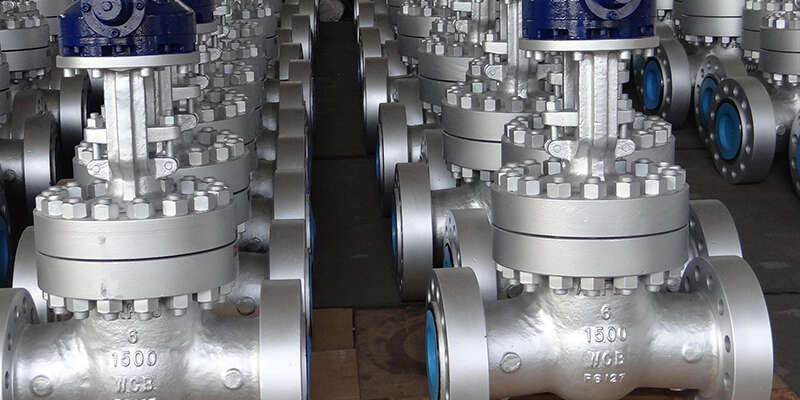
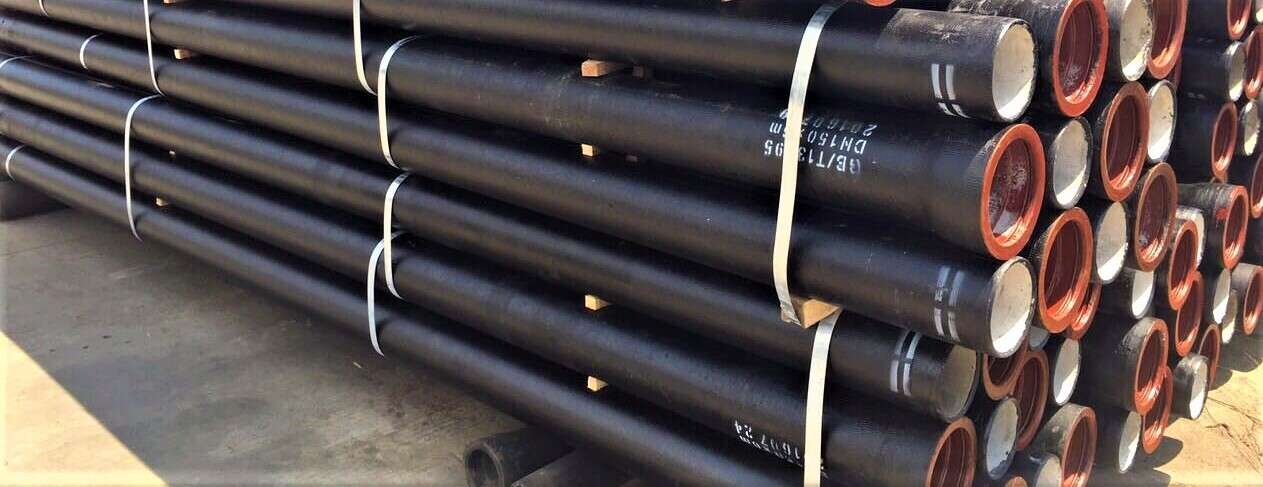


 Eastern Steel Manufacturing Co., Ltd no solo mejora la producción de productos y los servicios de venta, sino que también brinda servicios adicionales de valor agregado. Siempre que lo necesite, podemos completar sus necesidades específicas juntos.
Eastern Steel Manufacturing Co., Ltd no solo mejora la producción de productos y los servicios de venta, sino que también brinda servicios adicionales de valor agregado. Siempre que lo necesite, podemos completar sus necesidades específicas juntos.







